
Carbon Plant
STICO designed and built a CO2 carbon mineralization plant on a seawater scale of 10m3 at the Korea Namdong Power Plant located in Samcheonpo in October 2018. Carbon capture is a generic term used to describe various technological solutions for reducing carbon emissions from the atmosphere. All solutions must remove emitted and accumulated CO2 from the atmosphere while industrial development. This is called CO2 capture technology. CO2 capture technologies include underground storage (CCS) or value creation (CCU).
WHY?? CCU??
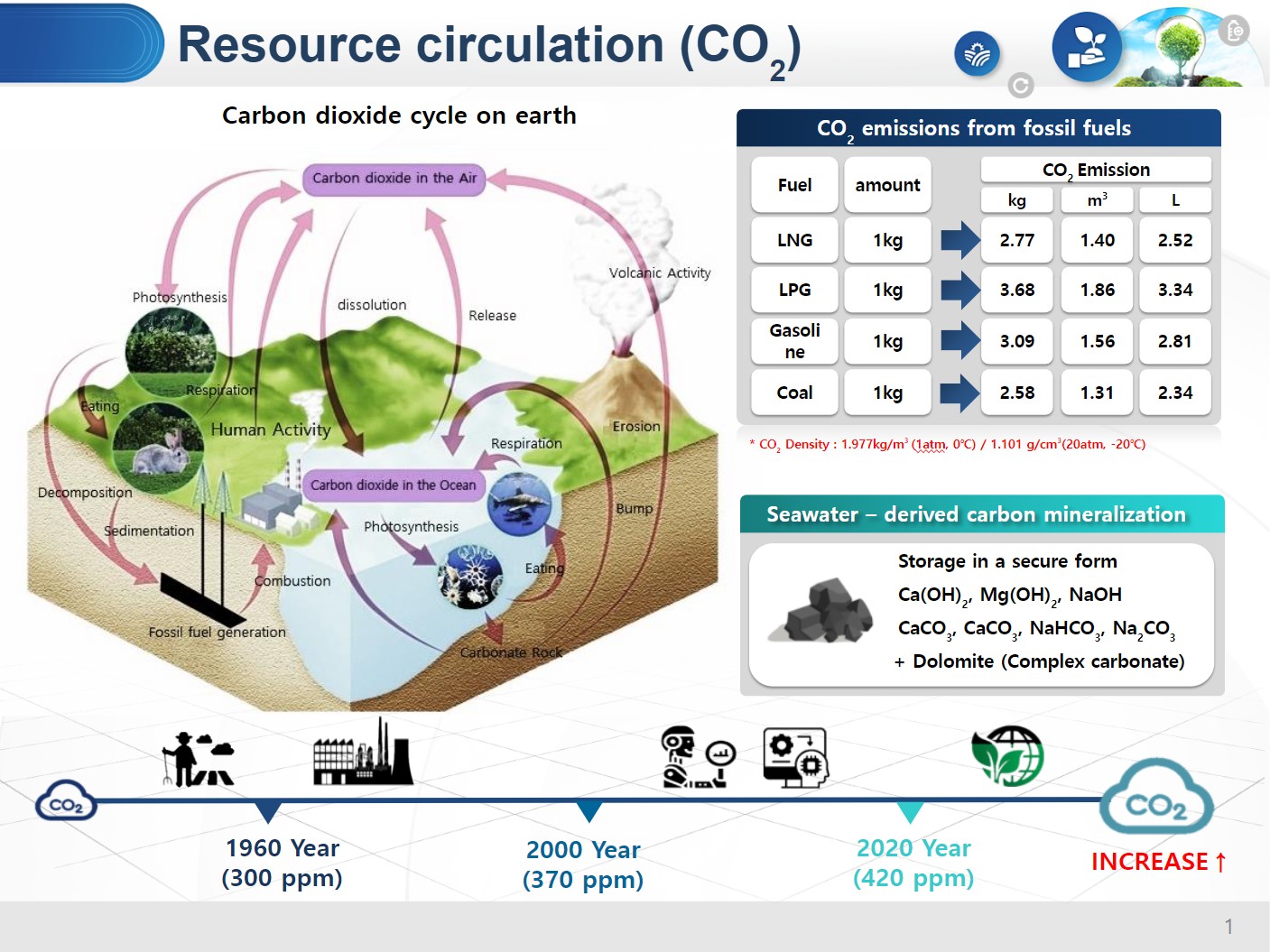
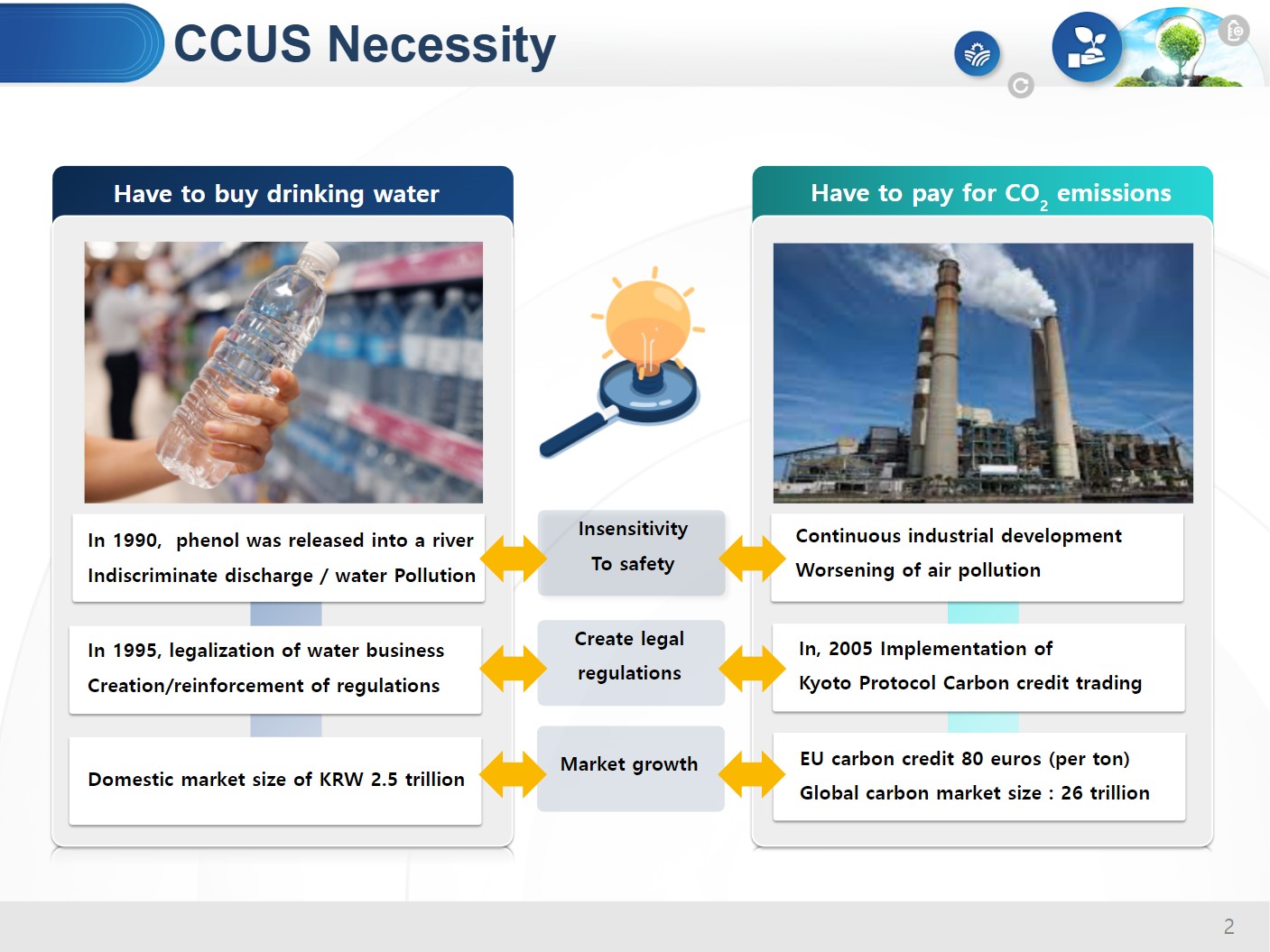
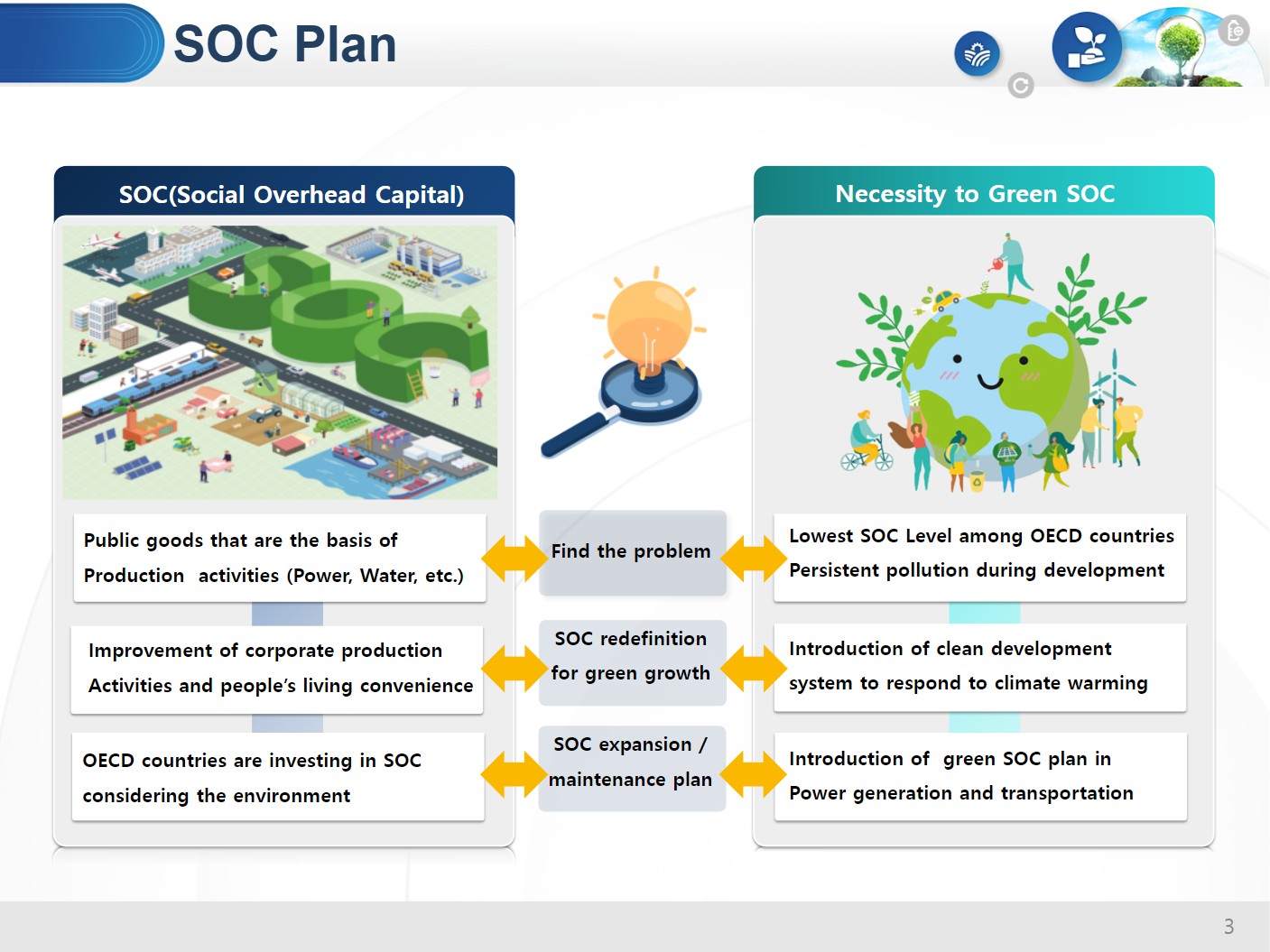
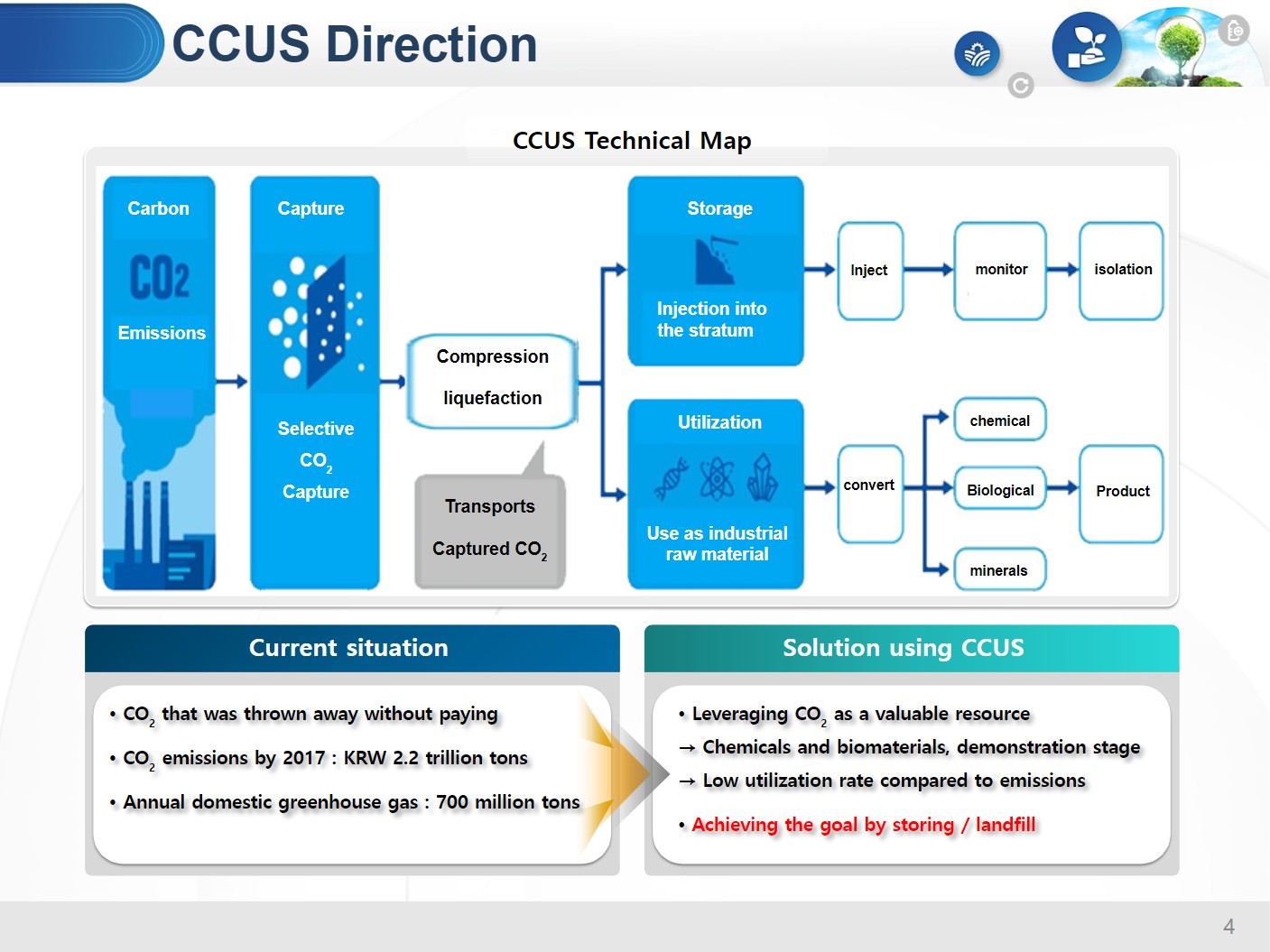

1 Seawater, a semi-permanent resource
Using the reaction of various salts in seawater with carbon dioxide. Carbon mineralization is one of the methods that can store carbon dioxide in the safest form for a long time
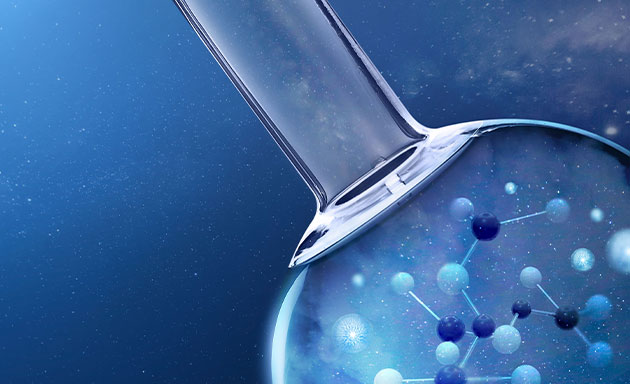
2 Spontaneous Exothermic Reaction
The acid-base reaction between the alkalized seawater through electrolysis and the exhaust gas from the chimney is a spontaneous exothermic reaction that accelerate capture of carbon dioxide. It can be stored in the form of minerals through promotes de-carbonization

3 Stepwise Reaction
The cations (calcium, magnesium, sodium, etc.) contained in seawater react With carbon dioxide to produce complex carbonate, dolomite. It is applied to Concrete, aggregate, etc. We manufacture high-purity single carbonate through an individual process.
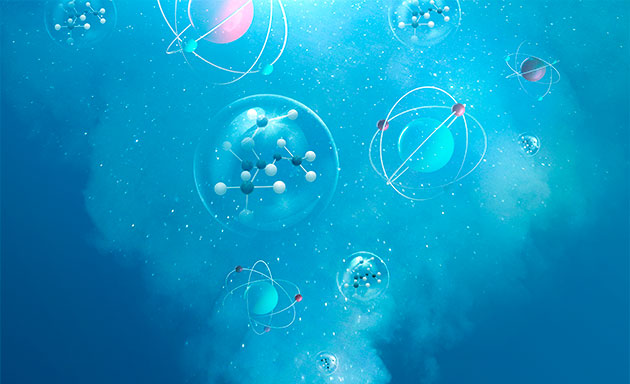
4 Special Carbonate
The Type of carbonate and application to industries are listed below.
: Paper, Plastics, Paint, Rubber, Pharmaceuticals, Ceramics, etc.
• MgCO3 , CaCO3 : Paper, Plastics, Paint, Rubber, Heat insulating material, etc.
• Na2CO3 : Soap, Detergent, Glass materials, Chemical additives, etc.
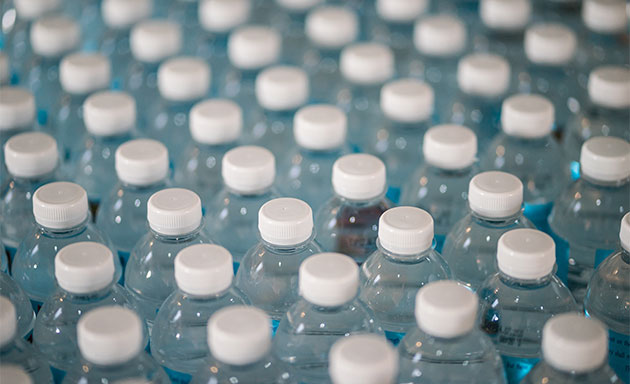
5 Seawater Desalination
It is a future technology that can be used as industrial water and even drinking water through seawater electrolysis and additional treatment of the supernatant after each step of carbonate production.
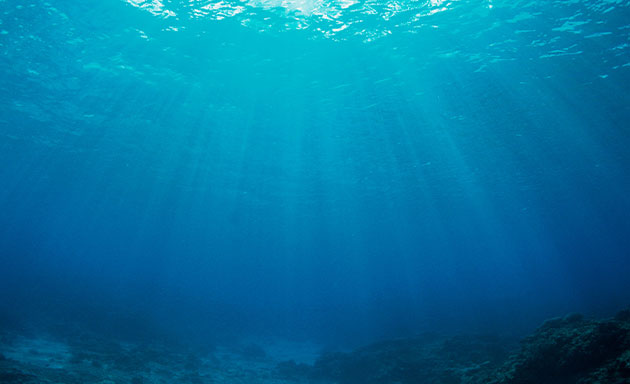
6 Seawater Alkalization
Due to global warming, the acidification of seawater continues and changes are taking place in the ecosystem. The discharge of alkaline carbonate in a safe form can prevent acidification of the oceans.
